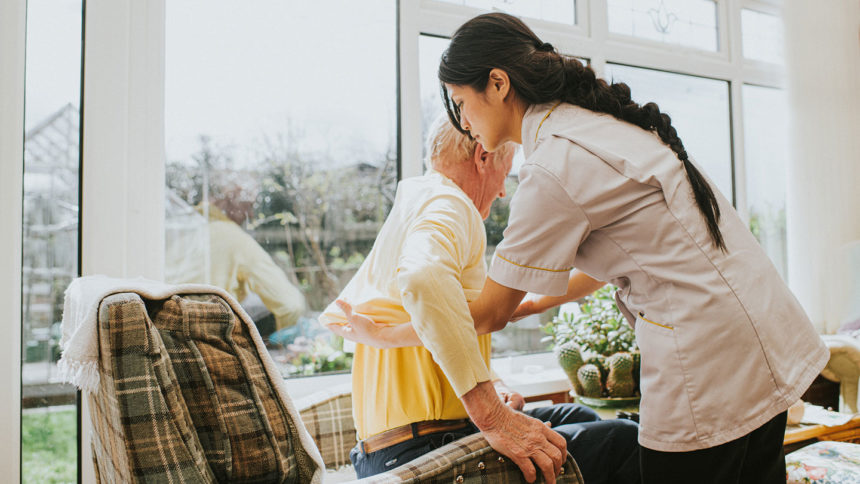
Objects from handrails to wheelchairs were involved in most falls in long-term care facilities, a new study finds.
Objects in a person’s environment, such as furniture, walls or handrails, can sometimes be hazards and at other times can help people maintain balance or have a safe landing. Researchers sought to better understand how older adults make contact with such objects during a fall.
The report was published Monday in BMC Geriatrics.
The study team evaluated videos of 1,759 falls experienced by 584 residents between January 2007 and March 2020 at two long-term care communities in British Columbia, Canada. The team compared falls that occurred with and without contact with objects after the individual lost balance.
In about one-third of the falls, tripping over objects or losing support after reaching for an object (or another person) caused the imbalance to occur.
People made contact with objects after they began to feel unsteady in 60% of fall incidents. Grabbing or bracing was the most common type of interaction with an object.
Purposeful hand-to-object contact was more common when people fell forward than during backward and sideways spills. Residents’ hands most often contacted chairs, wheelchairs or couches, followed by tables or counters, walls, other people, walkers, and handrails.
The second most common type of contacts were unintentional impacts to the torso and head, often with a wall, and often while falling backward or sideways, the authors found.
Falls often occurred while crossing hallway intersections, when people had to release a handrail. The authors noted that they couldn’t say if it was safer to hold handrails, walkers or chairs because they had no measures of the amount of time people held any of these items.
“Most falls in long-term care involved contacts with objects other than the ground, indicating that complex environments often accompany falls in long-term care,” the authors wrote.
“Higher probabilities of intentional hand contacts in forward falls, versus unintentional head and torso impacts in backward and sideways falls may reflect the influence of being able to visualize and adjust one’s falling patterns to nearby objects,” the authors added.




